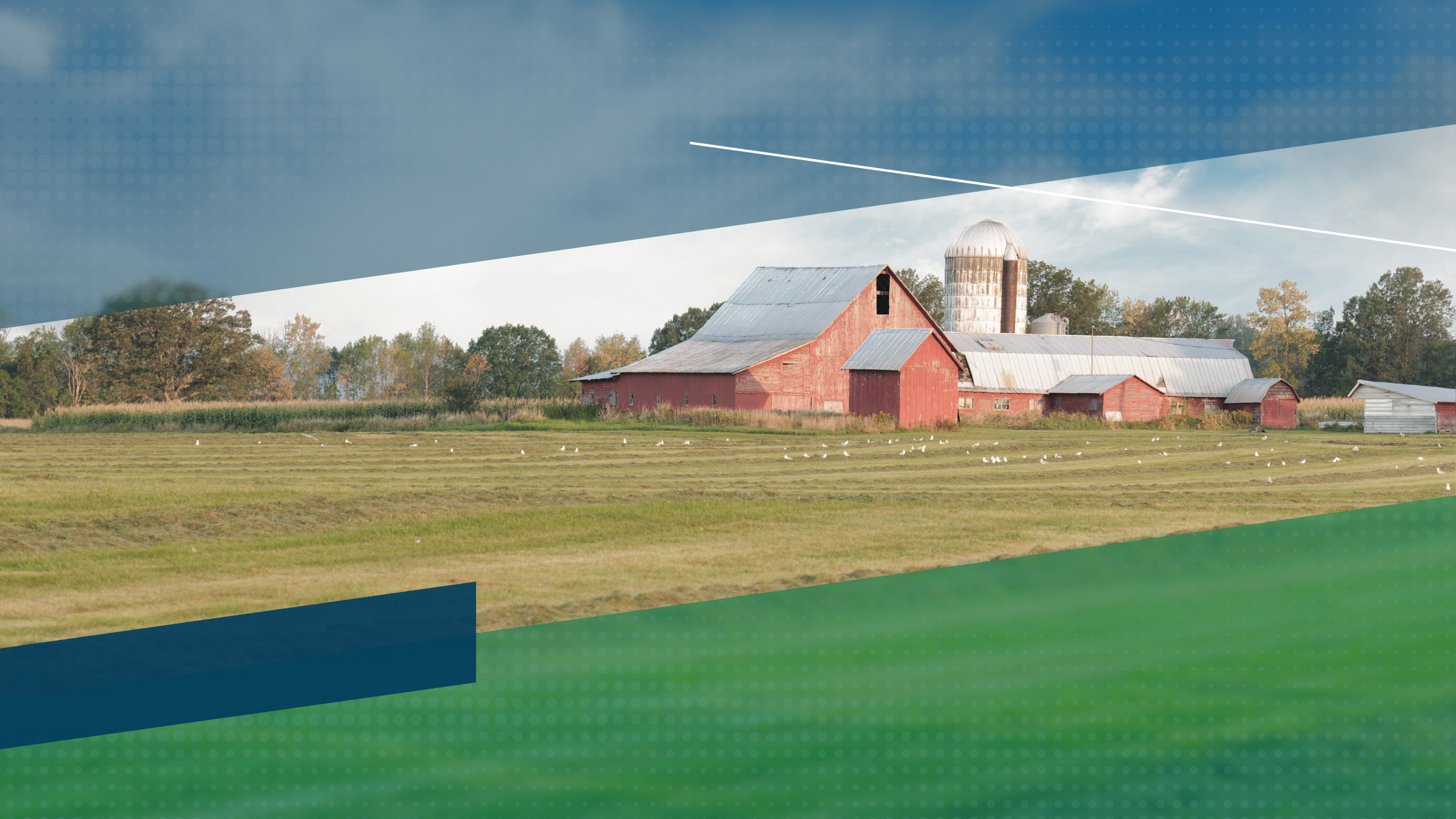"Improved cattle prices, excellent production and high government payments have helped our producers," commented a South Dakota agricultural lender responding to the Minneapolis Fed's fourth quarter agricultural conditions survey. This comment reflects the attitude of many farm lenders, as survey results indicate a significant improvement in farmers' financial situation from both last quarter and last year.
Farm income and household spending increased significantly in the November 2000 survey compared with the August 2000 and November 1999 surveys. Also, agricultural producers are making more loan repayments, and fewer are extending loans. Farm borrowers at their loan limit decreased 5 percentage points from last year, and land prices continue to increase.
Farm income and spending
"Government dollars are contributing strongly to local profits," said a Minnesota agricultural lender. This comment reflects the estimated record government assistance in 2000 that has contributed to increased farm income and spending. Nearly two-thirds of survey respondents reported average or above-average farm income in the fourth quarter of 2000, a 28 percentage point increase from the same period last year. This increase in income has benefited farm household spending, as nearly three of four lenders reported average or above-average household spending in the current period compared with only two of four lenders a year ago.
Not everyone's doing well, however, as a third of lenders reported that agricultural producers earned below-normal farm income, due mostly to higher operating costs, lower dairy prices and natural disasters. The hardest hit area of the district is western Wisconsin, as all lenders report below-average income because "milk prices have been very low for close to a year," as a Wisconsin lender reported.
Even though income is up for most producers, capital spending remains depressed. Nearly three of five lenders report below-average levels of capital spending, compared with four of five lenders a year ago. Again, the hardest hit area was in dairy country, as all western Wisconsin lenders reported below-average farm capital spending.
Farm loan volumes
"Demand for cow-calf loans is up with continued improvement in feeder calf prices," said a Minnesota lender. This comment reflects the general mood of lenders as four of five reported average or above-average loan demand for feeder livestock. Meanwhile, demand for other types of loans have returned to more normal levels, as two-thirds of lenders report normal demand for other intermediate loans and over four of five report average demand for other operating loans.
Machinery loans and real estate lending remain subdued. Half the lenders reported below-normal levels of machinery loans, although this is an improvement from a year ago when 71 percent of lenders reported below-normal levels. Meanwhile, nearly half of lenders reported real estate loan volume as below normal, a 5 percentage point deterioration from a year ago. Montana lenders reported the biggest decrease in real estate loans; 63 percent of lenders reported below-average levels this quarter compared to 38 percent a year ago.
Bank credit conditions and liquidity
The increase in farmer profitability has helped farmers repay loans. Normal and above-normal levels of loan repayments were reported by 85 percent of lenders, a 17 percentage point increase over last year's results. Renewals and extensions decreased, as 11 percent of respondents indicated above-average levels, compared with over a quarter of the lenders in fourth quarter 1999.
Moreover, the number of farmers at their debt limit decreased from 33 percent in the fourth quarter of last year to 28 percent in the fourth quarter of 2000. However, "we are noticing an increase in accounts payable on dairy operations," noted a Wisconsin lender. Availability of funds does not seem to be a problem: Only 5 percent of lenders reported refusing to make a loan due to shortage of funds.
Land values, collateral and interest rates
Land prices continue to rise. Cropland prices increased over last fall's prices from an average of 2 percent in Montana to 7 percent in western Wisconsin. In addition, pasture land price increases ranged from an average of 3 percent in North Dakota to 13 percent in western Wisconsin over those of a year ago. Collateral levels remained normal, as 82 percent of lenders reported average levels of required collateral. Meanwhile, interest rates for farm loans have decreased about 10 basis points from the third quarter of 2000.
Outlook
"We expect lower farm income to return in the future when less favorable weather conditions return, government payments decline and low commodity prices continue to plague our customers," said a South Dakota lender. Others shared this view, as 37 percent of lenders expect below-normal income levels in the next three months, while only 19 percent expect above-normal income. The outlook for capital spending is even less bright: 58 percent of lenders expect below-normal capital spending over the next three months.
| Fixed Interest Rates * | ||||
|---|---|---|---|---|
| Feeder Livestock | Operating | Machinery | Real Estate | |
| 4th Q '99 | 9.6 |
9.7 |
9.5 |
9.0 |
| 1st Q '00 | 9.8 |
9.9 |
9.8 |
9.2 |
| 2nd Q '00 | 10.1 |
10.1 |
10.0 |
9.4 |
| 3rd Q '00 | 10.4 |
10.5 |
10.3 |
9.7 |
| 4th Q '00 | 10.3 |
10.4 |
10.3 |
9.6 |
| * Average of reported rates in mid-November 2000. | ||||
Facts about the survey
Each quarter, the Federal Reserve Bank of Minneapolis surveys agricultural bankers in the Ninth Federal Reserve District, which includes Montana, North Dakota, South Dakota, Minnesota, northwestern Wisconsin and the Upper Peninsula of Michigan. In November, 99 bankers responded regarding conditions during the fourth quarter 2000.





